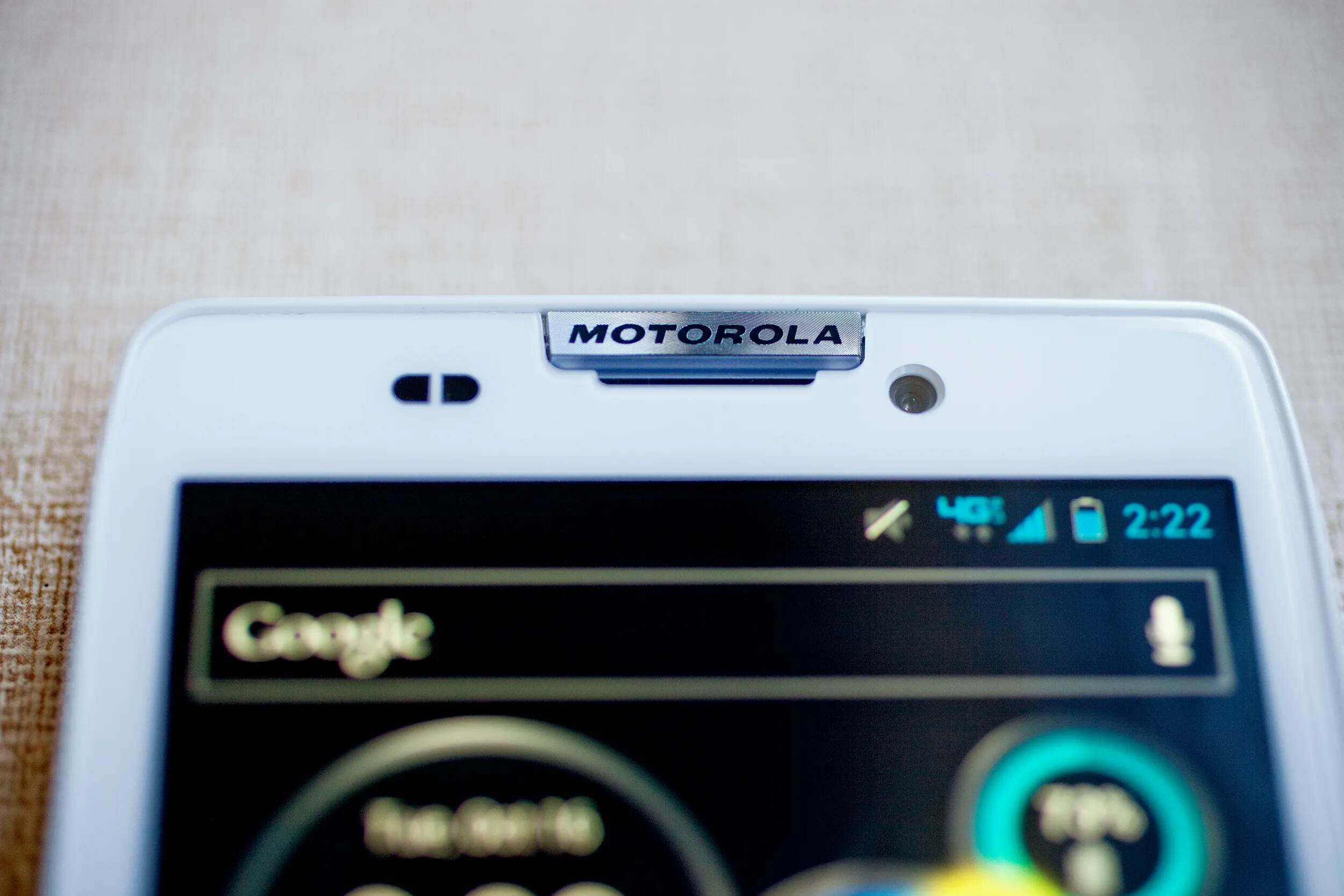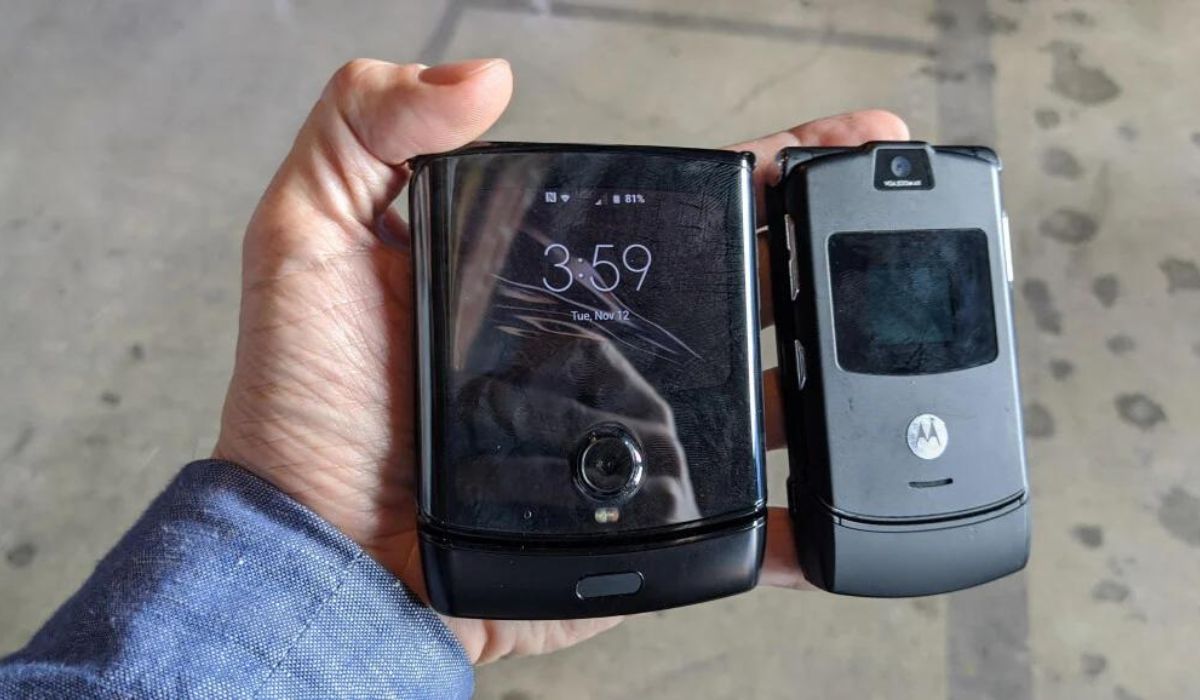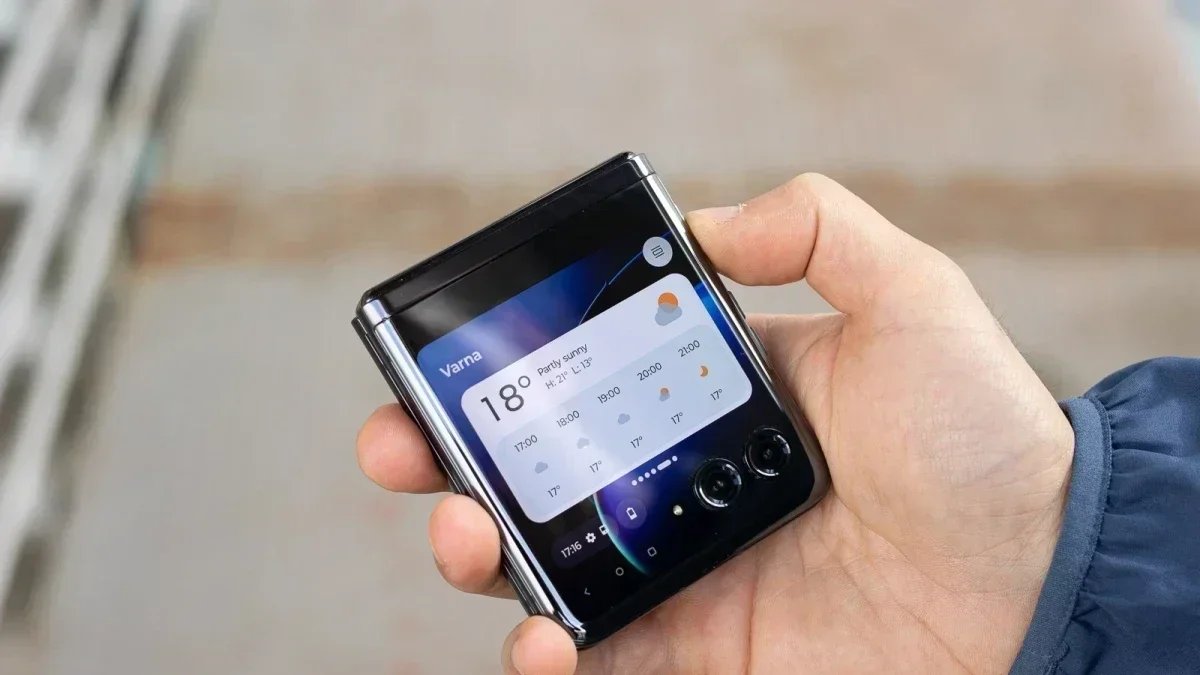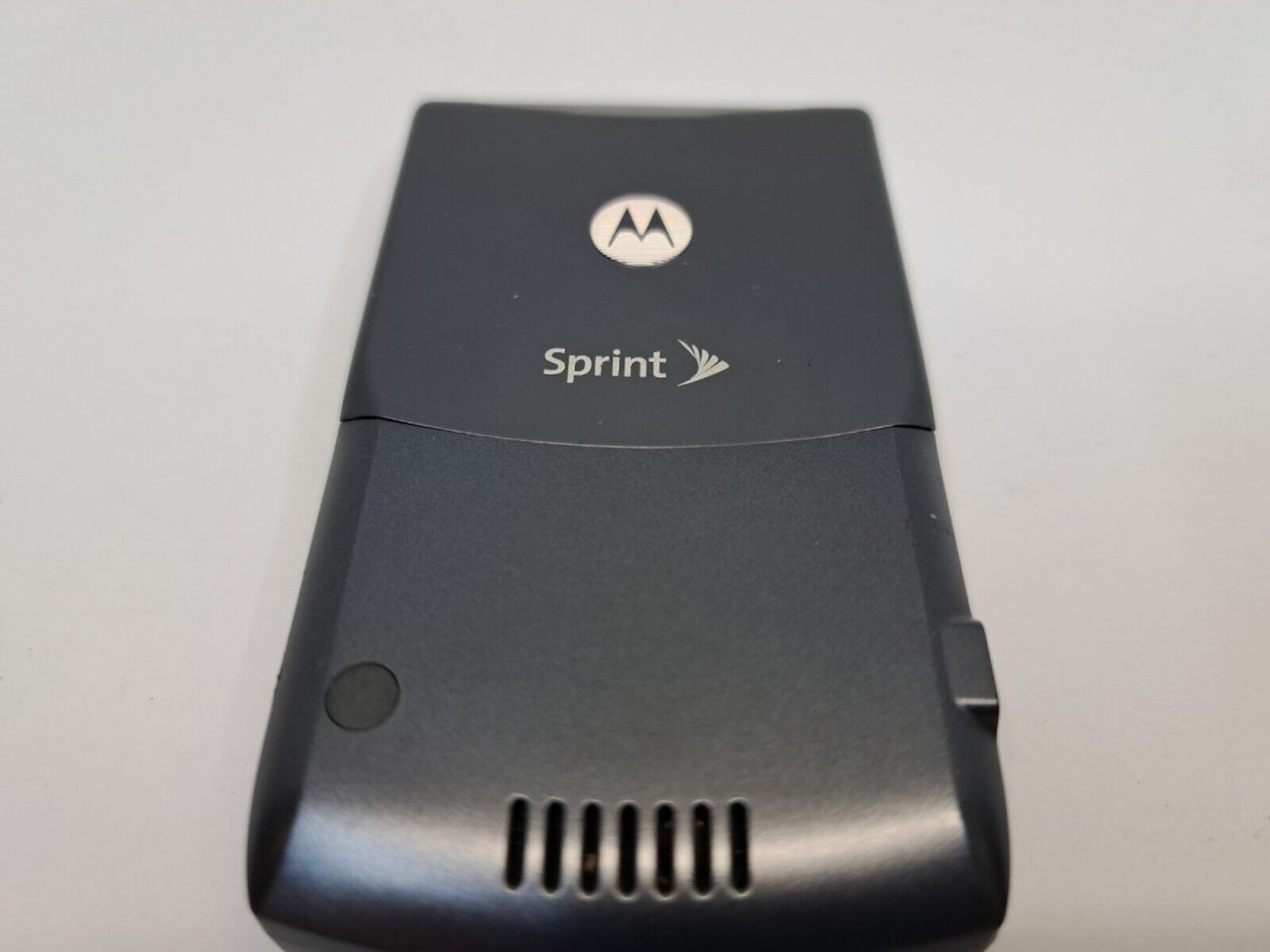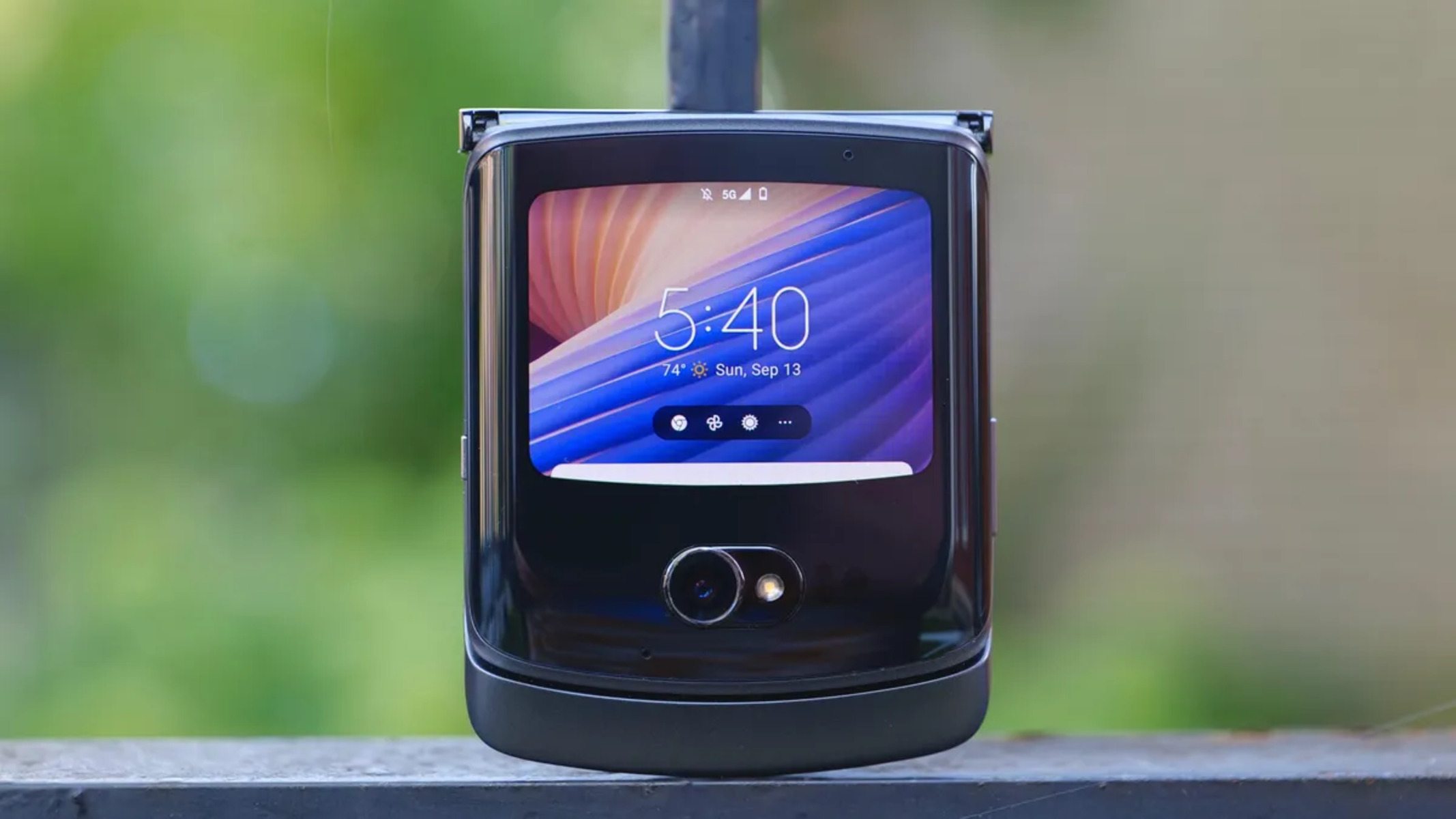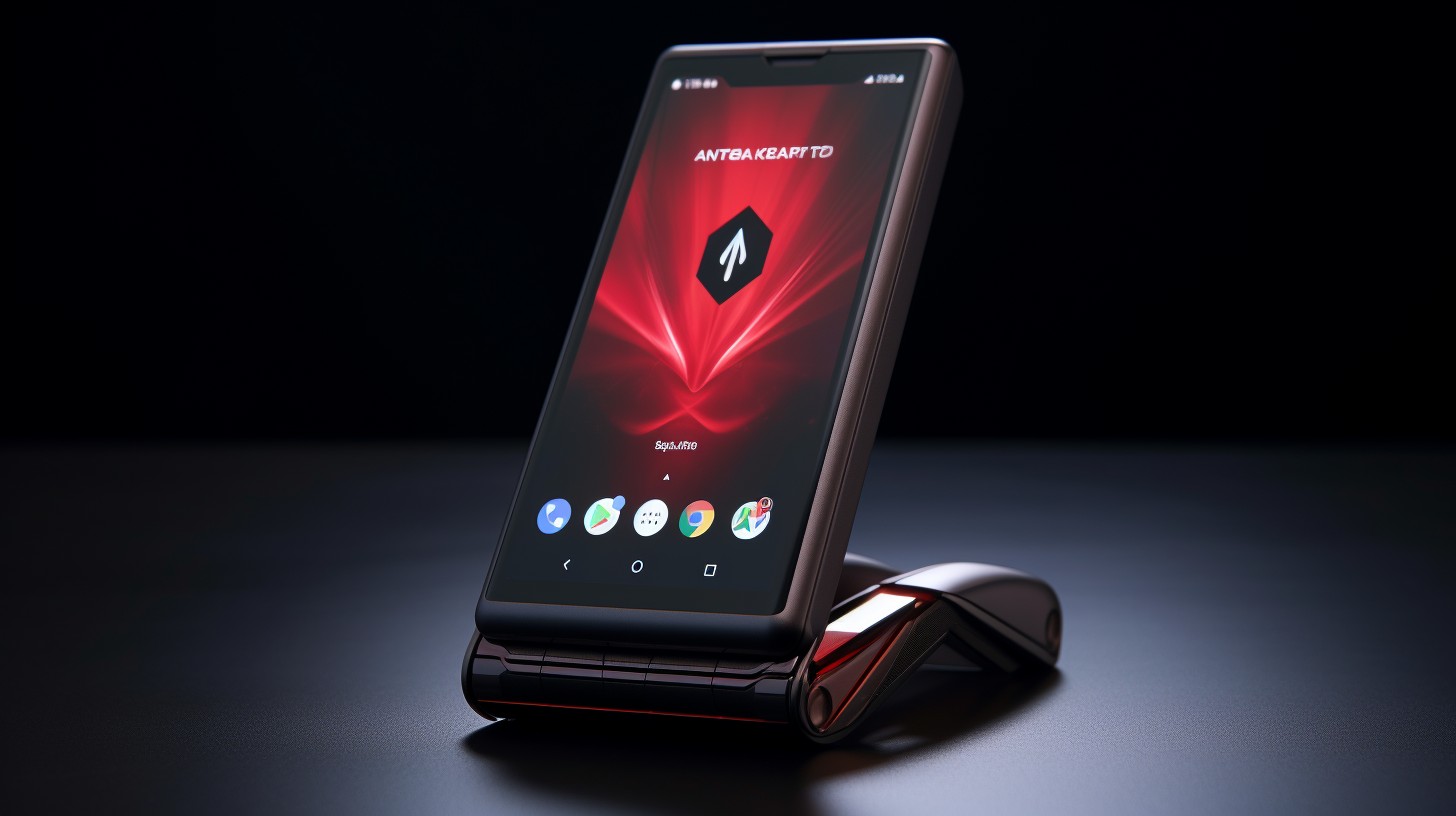Introduction
In the fast-paced world of mobile technology, the Motorola Razr has carved a niche for itself as a sleek and innovative device. With its cutting-edge features and seamless user experience, the Razr has become a go-to choice for many individuals seeking a reliable and stylish smartphone. However, like any electronic device, the Razr may encounter occasional glitches or performance issues that can disrupt the user experience.
In such instances, accessing Safe Mode can be a valuable troubleshooting tool. Safe Mode is a diagnostic mode that allows the device to run with basic system software, without any third-party applications or services running in the background. This can help identify and resolve issues stemming from problematic apps or software conflicts, providing a pathway to restore the device to its optimal functionality.
Understanding how to access Safe Mode on the Motorola Razr is essential for users who want to troubleshoot and resolve potential issues effectively. By delving into the intricacies of Safe Mode and its significance in maintaining the device's performance, users can gain valuable insights into optimizing their Razr experience.
In this article, we will explore the concept of Safe Mode, elucidate the reasons for accessing Safe Mode on the Motorola Razr, and provide a comprehensive guide on how to access Safe Mode. Additionally, we will delve into troubleshooting common issues that users may encounter while in Safe Mode, empowering Razr users to navigate and resolve potential challenges with confidence and ease.
What is Safe Mode?
Safe Mode is a diagnostic tool and troubleshooting environment built into the Android operating system, including the Motorola Razr. When a device is booted into Safe Mode, it operates with a limited set of software and hardware configurations, allowing users to isolate and address issues that may be caused by third-party applications or system software.
In Safe Mode, the device only runs essential system software, disabling all third-party apps that were installed by the user. This means that if a particular issue or malfunction is not present in Safe Mode, it is likely caused by a third-party app or software conflict. By eliminating these external factors, users can effectively pinpoint the root cause of various problems, such as app crashes, freezing, or rapid battery drain.
One of the key benefits of Safe Mode is its ability to identify and resolve software-related issues without the need for a factory reset or extensive troubleshooting. It serves as a valuable tool for diagnosing and addressing common problems that may arise during regular device usage. By entering Safe Mode, users can assess whether a specific issue is inherent to the device's core software or is triggered by external applications.
Moreover, Safe Mode provides a secure environment for users to troubleshoot their devices without the risk of further complications. It prevents third-party apps from running in the background, ensuring that the focus remains on diagnosing and resolving the underlying issue. This controlled environment empowers users to take proactive measures in addressing software-related concerns, ultimately contributing to a smoother and more reliable user experience.
In essence, Safe Mode serves as a safeguard against software-related disruptions, offering users a systematic approach to identifying and rectifying issues that may impede the optimal performance of their Motorola Razr. By understanding the functionality and significance of Safe Mode, users can leverage this feature as a powerful tool in maintaining the integrity and efficiency of their devices.
Why Access Safe Mode on Motorola Razr?
Accessing Safe Mode on the Motorola Razr is a crucial troubleshooting step that can effectively address a myriad of software-related issues that may hinder the device's performance. By entering Safe Mode, users can isolate and identify the root causes of various problems, ultimately leading to their resolution without resorting to drastic measures such as a factory reset. There are several compelling reasons why accessing Safe Mode on the Motorola Razr is beneficial:
Identifying Problematic Apps:
Safe Mode allows users to determine whether a specific issue, such as app crashes or system instability, is caused by a third-party application. By disabling all third-party apps in Safe Mode, users can observe if the problem persists, indicating that it may be related to the core system software or hardware. This process of elimination is instrumental in identifying and addressing problematic apps that may disrupt the device's functionality.
Resolving Software Conflicts:
Software conflicts, arising from incompatible apps or system software, can lead to performance issues such as freezing, overheating, or rapid battery drain. Accessing Safe Mode enables users to diagnose and resolve these conflicts by temporarily disabling third-party apps. This allows users to pinpoint the source of the conflict and take appropriate measures to rectify it, ensuring a smoother and more stable operation of the device.
Diagnosing System Instabilities:
In some instances, the Motorola Razr may experience system instabilities, such as frequent crashes or unresponsiveness. Safe Mode serves as a diagnostic tool to assess whether these issues are inherent to the core system software or are triggered by third-party apps. By entering Safe Mode, users can determine if the device operates smoothly without third-party app interference, providing valuable insights into the nature of the problem and potential solutions.
Preventing Unnecessary Data Loss:
When faced with persistent software-related issues, users may consider performing a factory reset as a last resort. However, accessing Safe Mode offers a less intrusive alternative by allowing users to troubleshoot and potentially resolve issues without resorting to a factory reset. This can prevent the loss of valuable data and settings, offering a more streamlined approach to addressing software-related concerns.
In essence, accessing Safe Mode on the Motorola Razr empowers users to proactively troubleshoot and resolve software-related issues, thereby enhancing the overall stability and performance of the device. By leveraging Safe Mode as a diagnostic environment, users can identify and address problematic apps, software conflicts, and system instabilities, ultimately contributing to a more seamless and reliable user experience.
How to Access Safe Mode on Motorola Razr
Accessing Safe Mode on the Motorola Razr is a straightforward process that can be initiated by following a few simple steps. By entering Safe Mode, users can effectively troubleshoot and address software-related issues, providing a valuable tool for maintaining the device's optimal performance. Here's a comprehensive guide on how to access Safe Mode on the Motorola Razr:
-
Power Off the Device: To begin, ensure that the Motorola Razr is powered off. Press and hold the power button until the power off options appear on the screen. Select "Power off" to shut down the device completely.
-
Initiate Safe Mode: Once the device is powered off, press and hold the power button again to turn it back on. As the Motorola logo appears on the screen, release the power button and immediately press and hold the volume down button. Continue holding the volume down button until the device finishes booting up.
-
Confirmation of Safe Mode: Upon successful entry into Safe Mode, the words "Safe Mode" will be displayed in the lower-left corner of the screen. This indicates that the device is now operating in Safe Mode, with all third-party apps disabled.
-
Troubleshoot and Resolve Issues: While in Safe Mode, users can navigate through the device and observe its performance without the influence of third-party apps. This allows for the identification of any underlying issues that may be caused by problematic apps or software conflicts.
-
Exit Safe Mode: To exit Safe Mode, simply restart the device by pressing and holding the power button, then selecting the "Restart" option. The device will reboot into normal mode, allowing all third-party apps to function as usual.
By following these steps, users can seamlessly access Safe Mode on the Motorola Razr, enabling them to diagnose and address various software-related issues effectively. Whether troubleshooting app crashes, system instabilities, or software conflicts, Safe Mode serves as a valuable environment for isolating and resolving these issues without the need for extensive interventions.
Accessing Safe Mode on the Motorola Razr empowers users to take proactive measures in maintaining the device's performance and stability. By leveraging this diagnostic tool, users can navigate and address software-related concerns with confidence and precision, ultimately contributing to a more seamless and reliable user experience.
Troubleshooting Common Issues in Safe Mode
In Safe Mode, users can effectively troubleshoot and address a wide range of common issues that may impact the performance and stability of their Motorola Razr. By isolating the device from third-party apps and focusing on core system functionality, users can navigate through potential concerns and implement targeted solutions. Here are some common issues that users can troubleshoot in Safe Mode:
App Crashes and Unresponsiveness
When certain apps consistently crash or become unresponsive, it can disrupt the overall user experience. In Safe Mode, users can identify if these issues are caused by specific third-party apps. By observing the device's behavior without the influence of third-party apps, users can pinpoint the problematic app and take appropriate measures to address the issue, such as updating the app or seeking alternative solutions.
Rapid Battery Drain
Experiencing rapid battery drain can be a frustrating issue for users. Safe Mode allows users to assess whether the battery drain is caused by third-party apps or system-related factors. By monitoring the device's battery performance in Safe Mode, users can determine if a specific app is consuming an excessive amount of power, enabling them to take corrective actions to optimize battery usage.
System Instabilities and Freezing
If the device exhibits frequent system instabilities or freezes, Safe Mode provides a controlled environment to diagnose the underlying causes. By disabling third-party apps, users can ascertain if these issues stem from software conflicts or incompatible apps. This allows for a systematic approach to resolving system instabilities and restoring the device's smooth operation.
Connectivity Issues
Issues related to Wi-Fi, Bluetooth, or mobile network connectivity can be assessed in Safe Mode to determine if they are influenced by third-party apps. By entering Safe Mode, users can evaluate the device's connectivity performance without external app interference, aiding in the identification and resolution of connectivity-related concerns.
Overheating and Performance Degradation
In Safe Mode, users can monitor the device's temperature and performance to assess if overheating and performance degradation are linked to specific third-party apps. By isolating the device from third-party app activity, users can gain insights into the factors contributing to these issues and take appropriate measures to mitigate them.
By troubleshooting these common issues in Safe Mode, users can effectively identify and address software-related concerns without the need for extensive interventions. Safe Mode serves as a valuable environment for diagnosing and resolving these issues, ultimately contributing to a more seamless and reliable user experience on the Motorola Razr.









